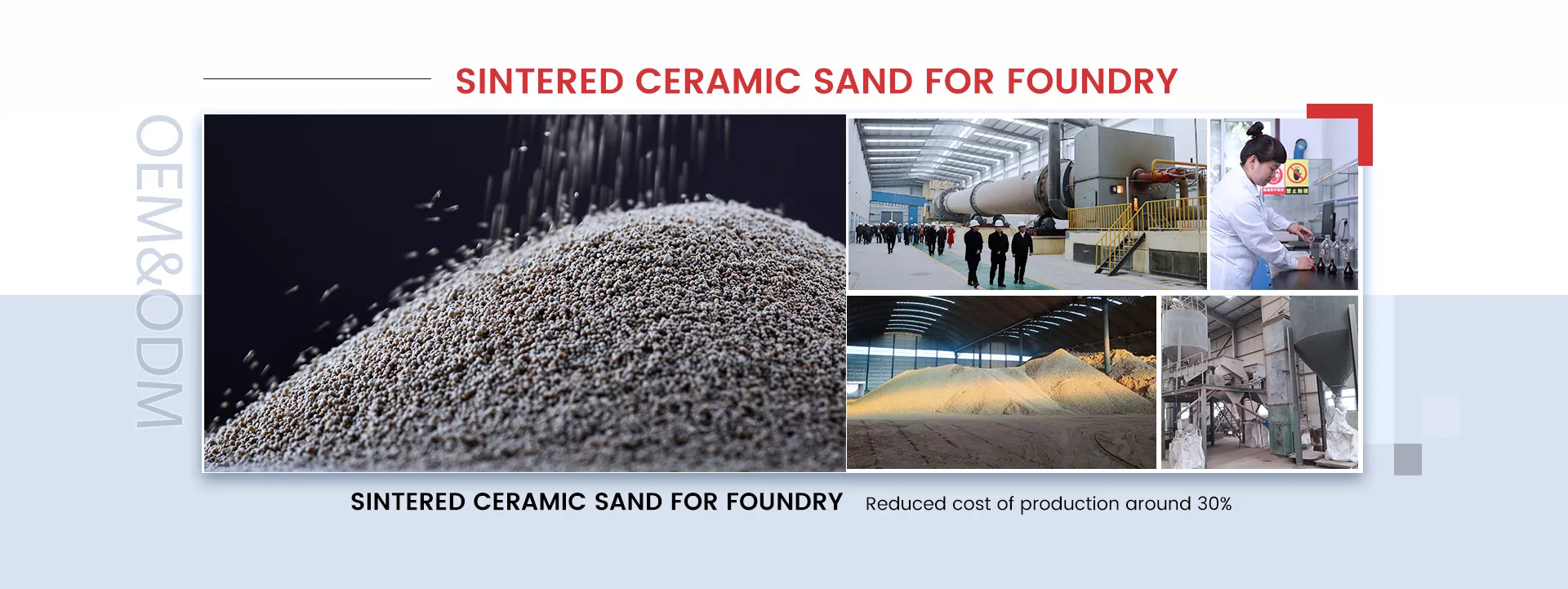Fine Casting Sand The Crucial Element in Metal Casting
Fine casting sand plays a pivotal role in the metal casting industry, providing a reliable and versatile medium for creating intricate and precise metal components. Its properties and characteristics make it an essential material for foundries around the world.
Understanding Fine Casting Sand
Fine casting sand is typically composed of silica, which is a natural mineral that provides excellent heat resistance, high strength, and a smooth surface finish. The granulation of the sand is crucial; it is usually finer than traditional casting sands, allowing for superior detail in the mold and casting processes. The finer the sand, the better the mold’s ability to capture intricate designs, making it particularly valuable in industries requiring detailed and complex shapes.
Properties of Fine Casting Sand
The properties of fine casting sand contribute significantly to its performance in metal casting. Key characteristics include
1. Thermal Stability Fine casting sand can withstand the high temperatures generated during the metal melting process without breaking down or deforming. This thermal stability ensures that the molds retain their shape and dimensional accuracy, resulting in high-quality castings.
2. Bonding Ability Fine casting sand often requires a binder—typically clay or resin—to enhance its properties. This bonding ability is crucial for maintaining the structure of the mold, allowing it to hold its shape and prevent shrinkage or cracking during metal pouring.
3. Drainage and Ventilation The fine granule size allows for excellent drainage of molten metal and effective gas escape during the pouring process. Proper ventilation is vital to prevent defects such as porosity and ensure a smooth, defect-free surface finish.
fine casting sand

4. Reusability Fine casting sand can often be reclaimed and reused multiple times, making it a cost-effective choice for foundries. This reusability not only minimizes material waste but also promotes environmental sustainability in the casting process.
Applications in the Industry
Fine casting sand is widely used in various applications across different industries, including automotive, aerospace, and art foundries. It is particularly favored for creating complex parts that require a high degree of precision. For example, in the automotive industry, fine casting sand is crucial for manufacturing components such as engine blocks and transmission cases under strict tolerance requirements.
In addition, fine casting sand is also employed in artistic casting, where sculptors and artists create detailed sculptures and ornamental pieces. The ability of fine casting sand to capture intricate details allows artists to bring their visions to life, showcasing the versatility of this material beyond traditional industrial applications.
Challenges and Innovations
While fine casting sand offers numerous advantages, it also presents challenges, such as the risk of sand erosion and the need for effective dust control during the reclamation process. Innovations in sand management and processing technologies are addressing these challenges, leading to improved performance and sustainability in the casting process.
Furthermore, advancements in organic and synthetic binders are enhancing the versatility of fine casting sand. These new materials improve the bonding strength and reduce environmental impacts, making the casting process more efficient and environmentally friendly.
Conclusion
Fine casting sand is a cornerstone of the metal casting industry, providing essential properties that support the production of high-quality castings. Its thermal stability, bonding capabilities, and reusability make it an indispensable material across various applications. As the industry evolves, ongoing innovations will continue to enhance the performance of fine casting sand, ensuring its relevance and effectiveness in meeting the demands for precision and quality in metal casting for years to come.
Post time:Jul . 31, 2024 09:26
Next:Exploring Innovations and Techniques in the Sand Casting Industry for Enhanced Manufacturing Solutions
